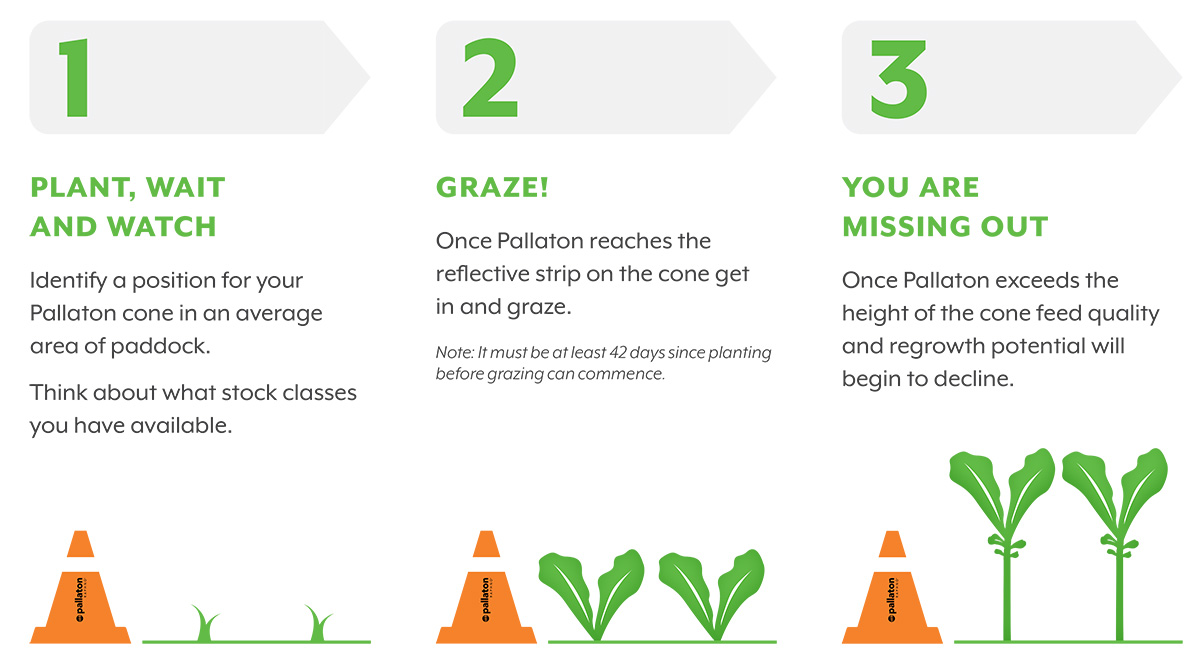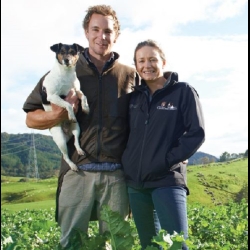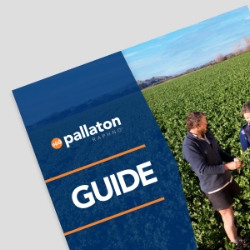Pallaton Raphno®

Pallaton Raphno® is a hybrid between Brassica oleracea (kale) and Raphanus sativus (radish). This hybrid has brought a number of impressive agronomic attributes into one cultivar, including high forage yield from multiple grazings, drought tolerance, clubroot tolerance and improved tolerance to a range of key insects.
The first new forage brassica species New Zealand farming has seen since the 1980s. Developed by PGG Wrightson Seeds under the Forage Innovations joint venture with Plant and Food Research.
THE SUCCESS OF SCIENCE
The goal of the breeding programme was to combine six stacked traits, which would perform for New Zealand farmers within increasingly challenging environments.
The six traits include:
- Persistent with excellent regrowth potential – 100% increase in plant survival relative to forage rape under dryland sheep grazing management
- High yielding – 14% increased yield advantage relative to Goliath® forage rape in a multi-graze system (total cumulative dry matter yield from repeat harvests)
- Drought tolerance – 38% increase in water use efficiency relative to Goliath® forage rape
- High clubroot tolerance to Pukekohe, Hawke’s Bay and Southland strains
- Grazing flexibility – Graze Pallaton as early as 50 days after emergence (DAE) to increase crop utilisation and optimise regrowth potential. It can be deferred up to 100 DAE, however crop utilisation, regrowth potential and feed quality will
- be reduced
- Aphid tolerance – 32% increase in Aphid tolerance relative to forage rape. Pallaton also has a higher level of tolerance to White Butterfly and Diamondback Moth
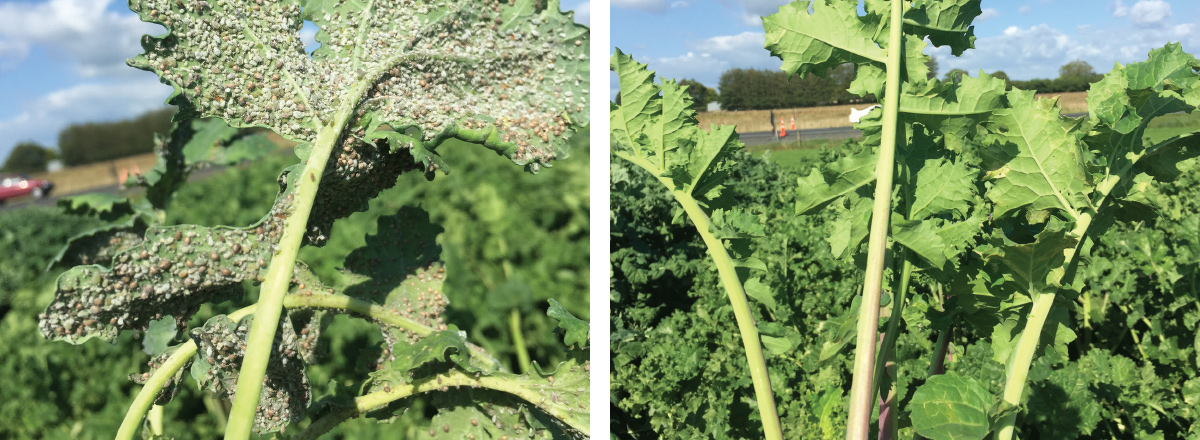
Forage rape (left) and Pallaton (right) under Aphid pressure. Both plants have had identical treatment and are in side-by-side plots.
MORE MEAT PER HECTARE
Our trials showed Pallaton delivered 41%* more meat per hectare compared with chicory.
Pallaton Raphno®: total 390 kg/ha versus chicory: total 276 kg/ha
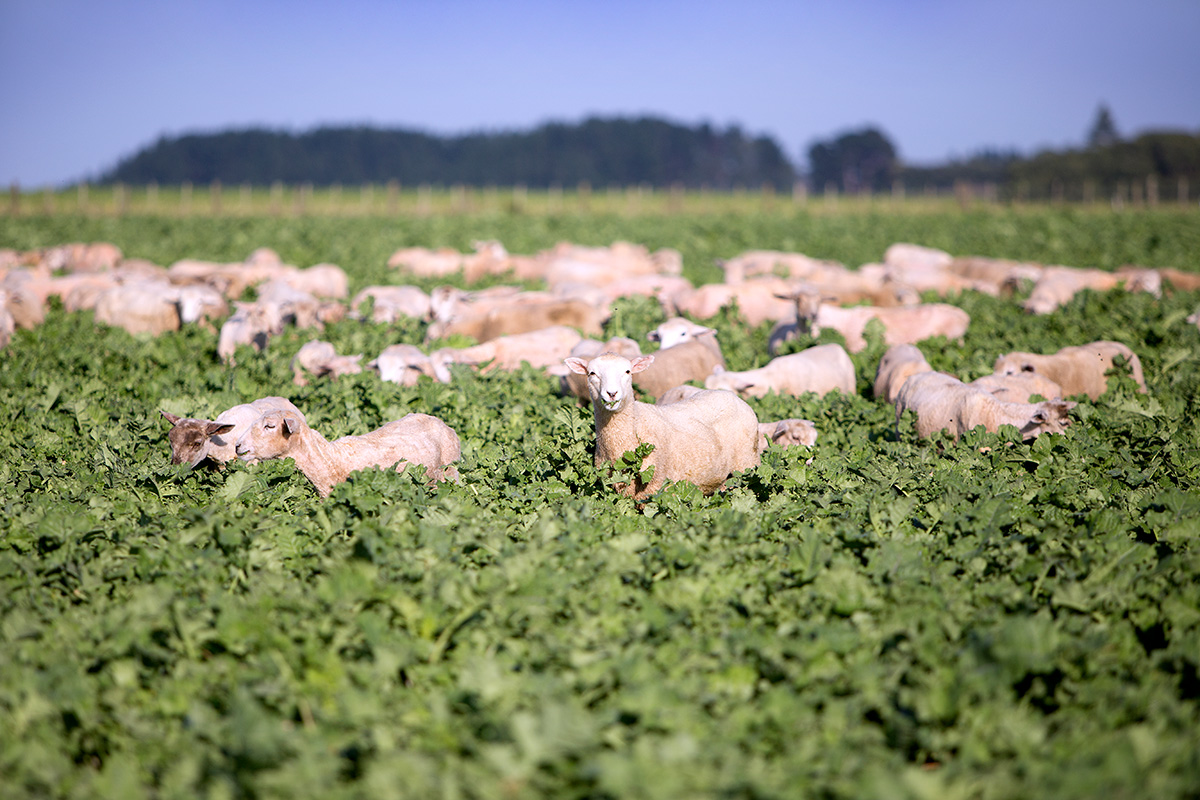
Grazing management
Pallaton Raphno® grazing indicator for lambs
For the best opportunity to maximise feed quality, increase crop utilisation of lambs and optimise regrowth potential of Pallaton Raphno®, we recommend using the grazing indicator road cone to help with grazing management decisions.
